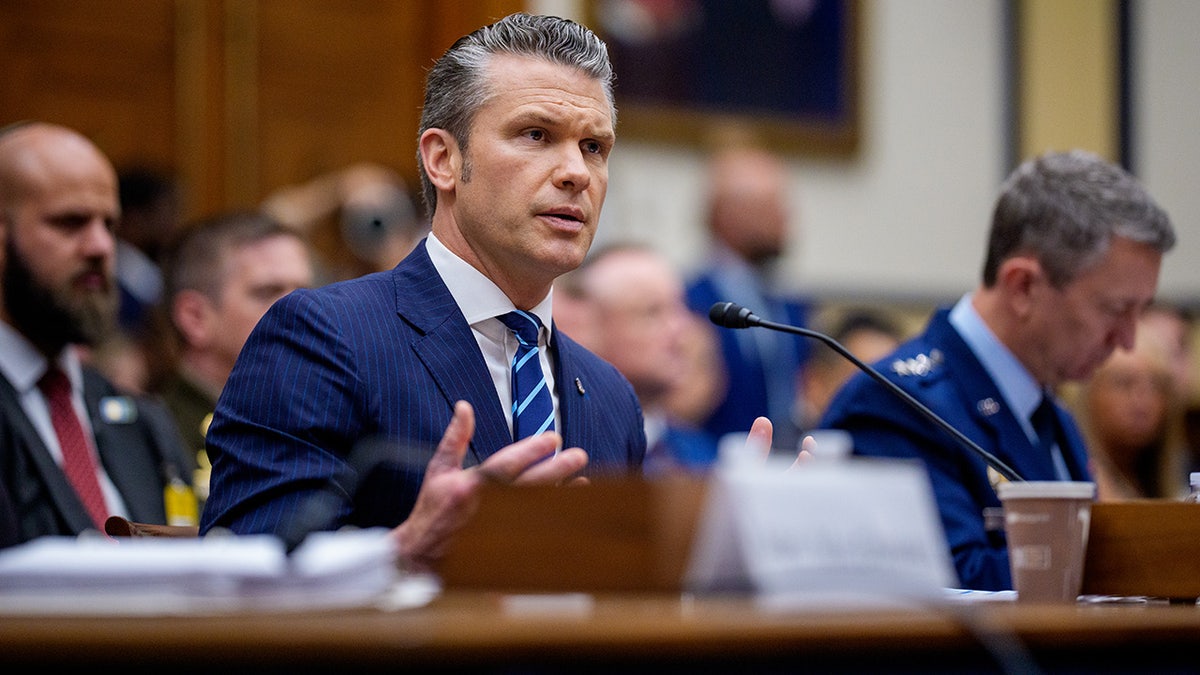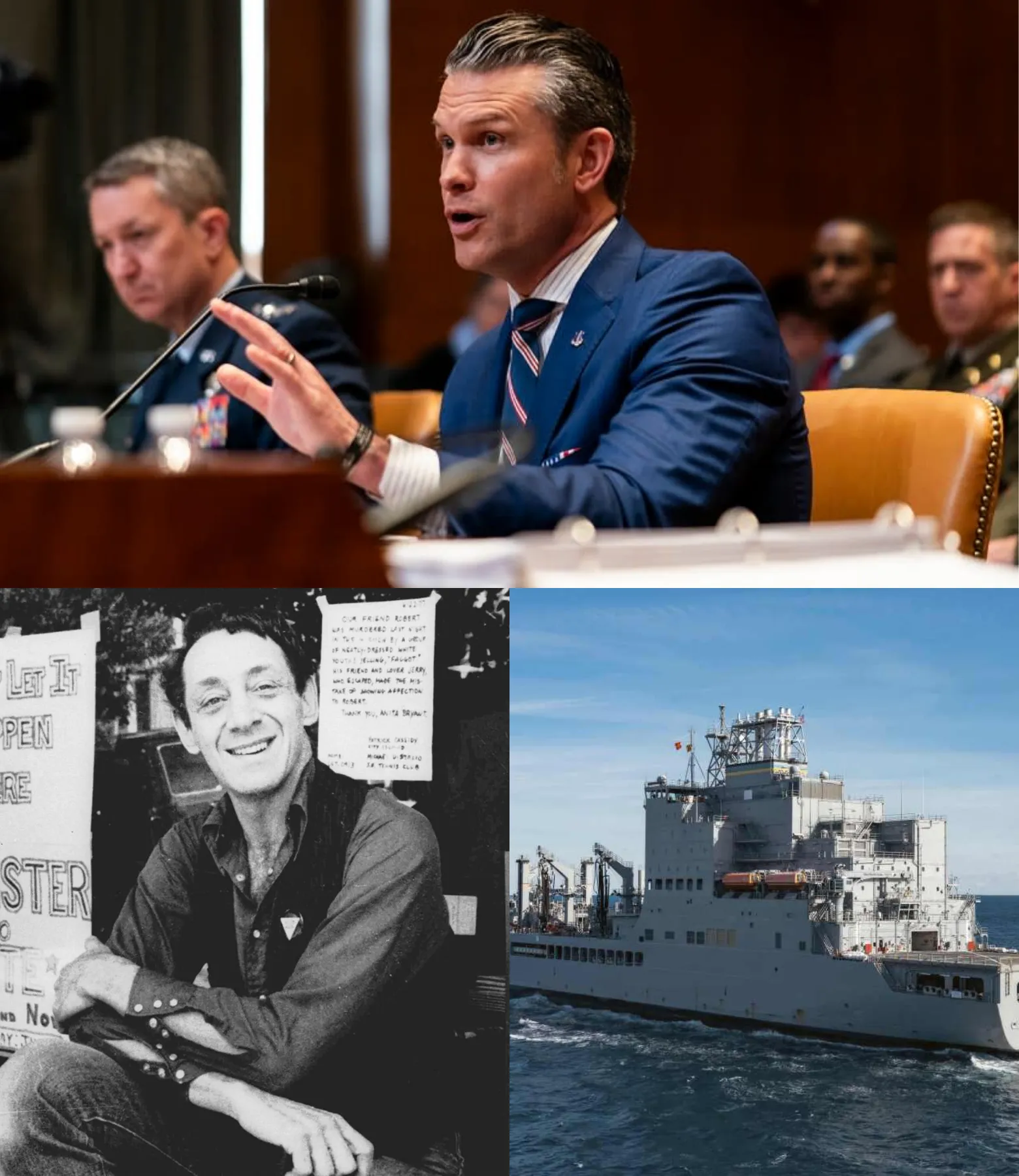
As protests against immigration enforcement spread across the United States, the country finds itself at a political crossroads. Governors across the nation are under increasing pressure as the "No Kings" protests, planned for June 14, loom large. These protests are set to occur in almost 2,000 locations across the country, with millions of Americans expected to take to the streets.
However, a growing divide has emerged between state governors and federal officials, particularly Defense Secretary Pete Hegseth, over the use of National Guard troops to control the demonstrations.
The protests were initially sparked in Los Angeles on June 6, following a series of immigration raids in central neighborhoods. As demonstrations spread, more than 45 cities joined the outcry, with the protests centered around Trump's controversial immigration policies. In response to escalating unrest, President Donald Trump and Defense Secretary Pete Hegseth have hinted that they may call in the National Guard to quell the protests, particularly in areas where violence could erupt.
However, many state governors, both Democratic and Republican, are fiercely opposing this federal intervention.
The tension reached a head when Trump deployed National Guard troops into Los Angeles without the consent of California Governor Gavin Newsom, leading Newsom to sue the president. The move raised concerns about federal overreach, especially as the federal government began to intervene in a traditionally state-managed matter.
On June 12, a federal judge ruled that the deployment was unlawful, ordering the National Guard to be returned to state control. However, the decision was temporarily stayed by the Ninth Circuit Court of Appeals, allowing the Trump administration to appeal the ruling.
Hegseth, in testimony before Congress on June 11, expressed the federal government's stance that the National Guard could be expanded beyond California and Los Angeles, depending on the scale of violence. “Part of it is getting ahead of a problem,” Hegseth stated. “If in other places, if there are other riots where law enforcement officers are threatened, we would have the capability to surge the National Guard there if necessary.”
Hegseth’s words set the stage for a larger conversation about the role of the National Guard in civilian protests, particularly those related to immigration enforcement.
However, this federal push is met with strong resistance from many governors, both Democrats and Republicans, who argue that such measures undermine the authority of states. Republican Governor Greg Abbott of Texas, who has preemptively called up his state’s National Guard in preparation for the "No Kings" protests, represents a different approach from his Democratic counterparts.
On June 12, Abbott deployed more than 5,000 Texas National Guard members, one of the largest deployments in recent history. Despite his proactive approach, Abbott insists that his actions are necessary to maintain public safety in the face of potential violence. "We respect the constitutional right to peaceful assembly,” Abbott stated, “but we will not tolerate violence or lawlessness."
The disagreement between Hegseth and various governors underscores a broader national divide over the role of military forces in domestic protests. While Republicans, like Abbott, argue that the National Guard is essential for maintaining order during protests, many Democratic governors are pushing back against federal control.
Governor Bob Ferguson of Washington, a Democrat, stated that local law enforcement should be left to manage protests without interference from the federal government. Similarly, Governor Michelle Lujan Grisham of New Mexico emphasized the need for the National Guard to focus on non-violent tasks, such as traffic control and crowd management, rather than engaging directly with protesters.
New York Governor Kathy Hochul, a vocal critic of Trump’s actions, condemned the militarization of American cities. “An American city has been militarized over the objections of their governor,” Hochul declared, calling the deployment a “flagrant abuse of power” and an “overreach of epic proportions.”
Illinois Governor Jay Pritzker echoed this sentiment, stressing that the National Guard’s involvement should be based on requests from local or state law enforcement, not presidential orders. Pritzker argued that governors are best equipped to assess the need for such deployments based on local conditions.
The division within the ranks of U.S. governors is evident as the debate over National Guard deployment continues to unfold. Democratic governors have shown little support for the Trump administration’s approach, fearing that federal intervention will exacerbate tensions and stoke further unrest.
Governor Tim Walz of Minnesota emphasized the importance of maintaining coordination between local law enforcement and the National Guard, arguing that a lack of communication can create confusion and chaos.
Even as tensions between the federal government and state leaders escalate, some Republican governors have remained hesitant to follow Abbott’s lead. Governors such as Georgia's Brian Kemp and Ohio's Mike DeWine have expressed concern about potential violence at protests but have stopped short of committing to deploy the National Guard.
Kemp’s office issued a statement warning that any violence would be “met with quick and heavy accountability,” but stopped short of mentioning the National Guard specifically. DeWine’s office similarly stated that local law enforcement should take the lead, with state assistance provided if requested.
The military’s role in immigration enforcement has traditionally been limited to border security. However, the Trump administration’s decision to deploy National Guard troops to U.S. cities marks a significant departure from this norm. Historically, the National Guard’s involvement in domestic protests has been limited to helping local law enforcement maintain order.

Yet, with the current administration pushing for a more aggressive stance, the line between domestic law enforcement and military involvement is increasingly blurred.
The potential for expanded military involvement in immigration enforcement raises constitutional questions about the proper role of the federal government in domestic affairs. Governors like Lujan Grisham are preparing to challenge federal orders in court, arguing that such actions violate states’ rights and undermine the democratic process.
“This is using our Guards against American citizens and states,” Lujan Grisham stated. “This is stoking fear.”
The ongoing battle between Trump, Hegseth, and the nation’s governors represents a pivotal moment in the nation’s understanding of federalism and the limits of presidential power. As the "No Kings" protests approach, the question remains whether the National Guard will be deployed on a larger scale or if governors will successfully assert their authority to manage the protests within their borders.
With the country divided on how best to respond to these protests, the outcome of this standoff may have lasting implications for the relationship between state and federal governments in times of crisis. For now, the nation waits to see whether more states will follow Texas’s lead, or if governors will stand firm against federal encroachment in their states.
As the protests unfold and the debate over the National Guard’s role intensifies, one thing is clear: America is facing a defining moment in the balance of power between state and federal authorities. The response to the "No Kings" protests could shape the future of protest management, law enforcement, and the use of military power in the U.S.





-1755771149-q80.webp)